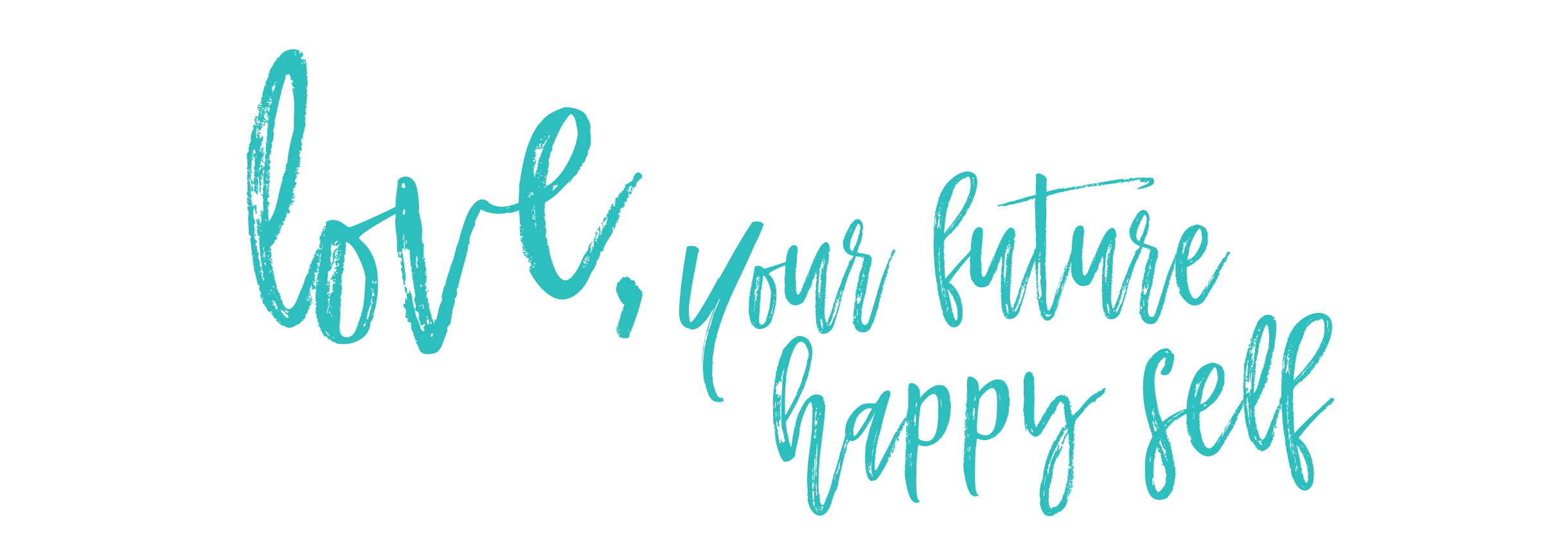This post is dedicated to you, Shirley!
My stepmom Shirley is an environmental trendsetter. She’s been anti-straw FOREVER. She was using reusable bags decades ago. And she’s been composting for as long as I can remember.
We recycle! And I know that’s been making her proud, but I learned this past year that we could be doing more. I also noticed when I shifted my diet and started eating cleaner, we had more food scraps compared to when we were eating pre-packaged foods that could be tied up and eaten again at a later date. Thank you, preservatives.
And then I got a juicer. There’s plenty of food waste that comes with that!
I knew enough about composting from my visits hOmaha, but I wasn’t entirely sure what it was. Composting is the process of recycling organic material (think food scraps, yard debris, and non-recyclable paper – like tissues) into soil. At my parent’s house, they pile their composting right in the backyard. Shirley composts to have good replacement soil for her garden and flowers. “Yard debris,” in her case, also includes manure from six of her horses.
DenverGov.org’s site on composting really helped me to further understand why it’s beneficial to compost. When organic materials end up in landfills (by the way, organic materials make up 58% of Denver landfills), the materials decay without oxygen which creates methane, a climate warming greenhouse gas that is “21 times more potent in its heat-trapping capabilities than carbon dioxide.” Yikes. Composting reduces greenhouse gas emissions, resulting in less methane emitted into the atmosphere. In 2005, 25 million tons of food waste was sent to landfills in the US.
“The greenhouse gas impact of composting this mass would be the equivalent of removing 7.8 million passenger cars from the road.”
I’ve met people who have argued that organic foods are worse for our environment or composting is just as bad. I wasn’t educated on the topics at the time to be able to debate. I have a far better understanding now. Methane is far more damaging than the carbon dioxide our cars emit. Therefore, “the benefits of composting organic material far outweigh the environmental ‘costs’ of collecting, hauling and processing organic material with trucks and equipment that burn fuel.”
Joining the Denver Composts Program was super easy. It did take several weeks for us to get our bins, and we’ve learned a thing or two, like don’t go to England for two weeks without first emptying your kitchen bin.
How it works:
- Since we don’t have a yard, we put our compostable materials into a biodegradable bag. Those bags get stacked throughout the week in a larger bin that goes to the curb to be collected every Tuesday.
- When Denver Recycles empties our compost bin each week, they take the organic material to a commercial composting facility. “The organic material goes through a natural process that transforms it into compost which is sold to local farmers, landscapers and individuals.”
- Composting is a fee-based service costing $29.25 each quarter. It’s worth it to me and making Shirley proud!
DenverGov.org also has a page on their website that teaches the art of Backyard Composting.
Since starting to compost earlier this year, we’ve experience more than one occasion where we didn’t have any trash to take out! I’m even considering trading in our trash bin for a smaller one.
Are you composting yet? If not, please check to see if this is a service provided in your area.


